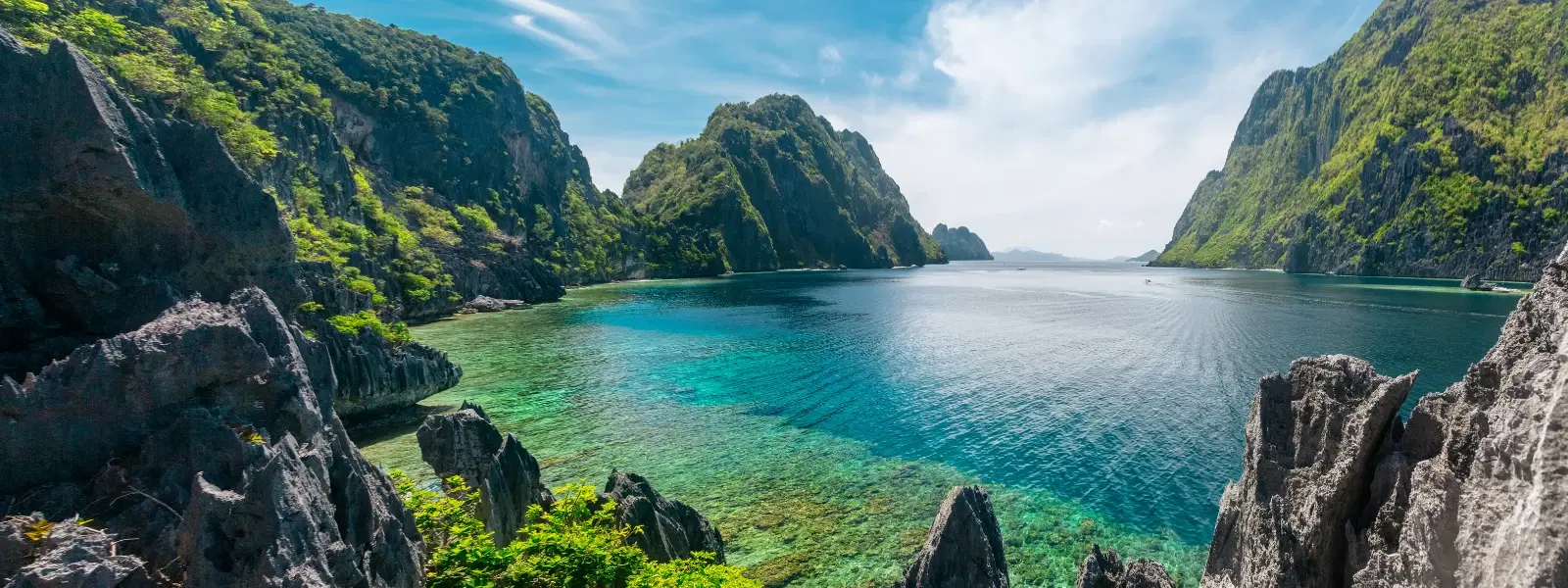
Hotels
•04 min read

Indonesia’s islands are a breathtaking mosaic of nature and culture. This vast archipelago, home to over 17,000 islands, is a wonderland of lush rainforests, vibrant traditions, and dramatic landscapes. In this guide, you'll discover how to explore these large Indonesian islands with ease, learning about their diverse geography, rich culture, and insider travel tips that cater especially to Indian adventurers—from the spontaneous wanderer to the meticulous planner.
Located in Southeast Asia, the Indonesian archipelago is a sprawling network of islands that boasts a unique mix of ecosystems and cultural influences. Its geography sets the stage for remarkable natural diversity, offering everything from towering volcanoes and expansive rainforests to pristine beaches and intricate river systems. The very shape and number of these islands play a vital role in the identity of Indonesia as a hub of natural beauty and complex island culture.
The journey through Indonesia starts with an overview of its five largest islands:
Sumatra Island: Famous for its dense rainforests and elusive wildlife.
Java Island: The dynamic political and cultural core, bustling with energy and historical treasures.
Borneo (Kalimantan Region): Known for its rich biodiversity and shared heritage with neighboring countries.
Sulawesi Island: A unique blend of marine marvels and indigenous cultures.
New Guinea: The largest island, with only its western portion being part of Indonesia, celebrated for its indigenous traditions and expansive natural vistas.
Sumatra beckons travelers to explore its tropical rainforests, notably the famed Gunung Leuser National Park where rare species roam freely. The island’s dramatic volcanic terrain is equally captivating, with picturesque views of Lake Toba—a vast crater lake that offers both serenity and a glimpse into volcanic history.
Beyond nature, Sumatra boasts a vibrant cultural tapestry. The Batak people, indigenous to the region, express their heritage through traditional music, dance, and colorful festivals. Culinary delights also abound, with local dishes that showcase rich spices and age-old recipes passed down through generations.
Java is the pulsating heart of Indonesia. The island is home to Jakarta, a bustling metropolis that mixes modern skylines with traditional markets. Yogyakarta, another gem of Java, is steeped in history with its majestic Borobudur and Prambanan temples that echo the sophisticated past and spiritual depth of the region.

For visitors looking to immerse themselves in Java’s rich history and scenic beauty, trains and buses offer convenient ways to traverse the island. Whether you're exploring ancient temples or strolling through vibrant local bazaars, plan your schedule to alternate between historical sites and lush natural escapes. Indian travelers should also check visa requirements and travel permits in advance to ensure a seamless journey.
The Kalimantan region of Borneo is a paradise for nature lovers. Tanjung Puting National Park is renowned for its efforts in orangutan conservation, making it a must-visit for eco-tourists. The mighty Mahakam River not only shapes the local landscape but also supports the traditional lifestyles of the communities along its banks.
The indigenous Dayak tribes call Kalimantan home, and their rich cultural traditions are an essential part of what makes the region unique. Sustainable tourism practices have flourished here, enabling visitors to learn about traditional crafts, rituals, and the importance of preserving this ancient landscape.
Did You Know? Borneo is home to one of the oldest rainforests in the world, estimated to be over 130 million years old. It’s a biodiversity treasure trove with thousands of rare species.
Sulawesi stands out with its unconventional shape and diverse ecosystems. The island is a prime destination for divers with Bunaken National Park offering an underwater spectacle of colorful coral reefs and abundant marine life that rivals any tropical diving spot.
Culture on Sulawesi is as rich as its aquatic wonders. The Toraja people are renowned for their intricate funeral rituals, which are both poignant and visually mesmerizing. Meanwhile, local markets bustle with life as vendors offer tastings of unique culinary specialties that mirror the island's vibrant traditions.

Getting around these large Indonesian islands is easier than you might think. Opt for a mix of domestic flights, ferries, and local transportation to navigate between destinations efficiently. For Indian travelers planning their excursions, it is crucial to stay updated on visa requirements and travel permits where needed—especially in regions with special permissions.
A balanced itinerary is key to a fulfilling adventure. Consider spending a few days on each island to soak in the local ambiance. Combine historical explorations with moments of relaxation on tropical beaches or leisurely hikes through nature reserves. Whether you’re a budget-conscious wanderer or a luxury seeker in search of exclusive experiences, thoughtful planning can transform your journey into a seamless exploration of Indonesian travel destinations.
The second largest island in Indonesia is Borneo, also known as Kalimantan within the Indonesian territory.
Java island is known for being Indonesia’s political, economic, and cultural center, featuring iconic landmarks like Borobudur Temple and vibrant cities such as Jakarta and Yogyakarta.
No, Sumatra is not part of India. It is one of Indonesia’s largest islands, located in Southeast Asia.
Out of Indonesia’s over 17,000 islands, approximately 6,000 are inhabited.
No, Sumatra is the third largest island in Indonesia after New Guinea and Borneo.
In summary, Indonesia’s largest islands offer an eclectic mix of stunning natural beauty, vibrant cultures, and endless travel opportunities. From the dense rainforests of Sumatra to the historical marvels of Java and the underwater paradise of Sulawesi, each destination provides unique experiences that resonate with every type of traveler. Delving into Indonesian island culture not only enhances your travel adventures but also deepens your understanding of this extraordinary archipelago.